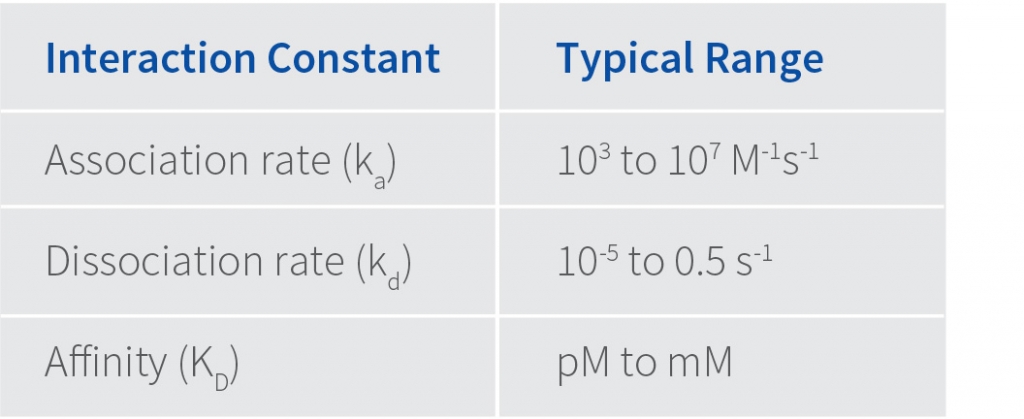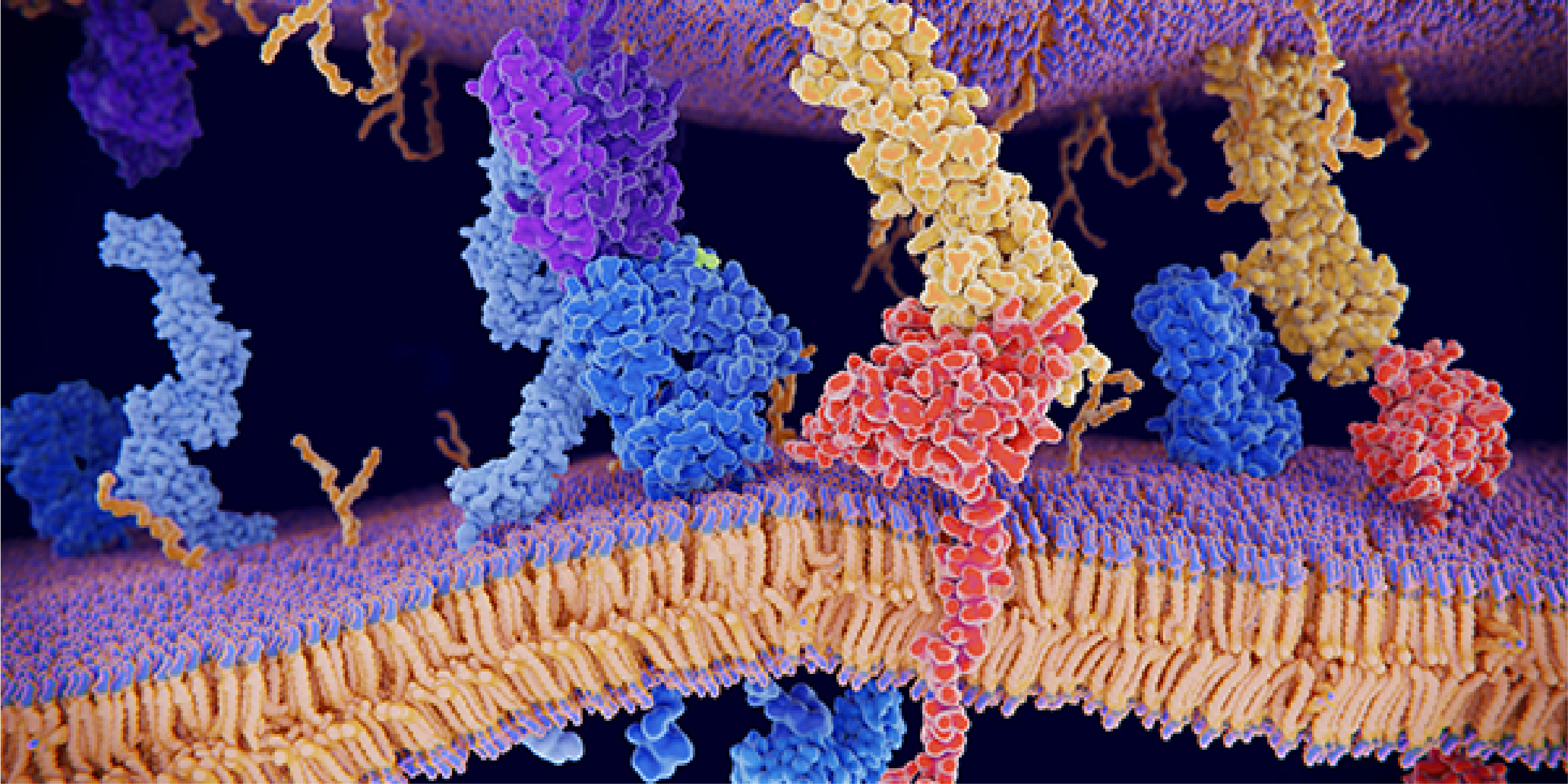

Studying molecular interactions is both essential and challenging for several reasons. Biological systems are inherently complex, involving numerous molecules engaging with each other in intricate ways. Understanding these interactions is critical for unravelling biological processes like signal transduction, enzyme kinetics, and gene regulation. Moreover, molecular interactions are pivotal in both molecular engineering and the development of drugs. It’s crucial to comprehend how a drug molecule interacts with its target at the molecular level to create effective and safe medications.
Furthermore, numerous diseases, including cancer and autoimmune disorders, originate from abnormal molecular interactions. Investigating these interactions can offer insights into disease mechanisms and potentially lead to novel therapies.
Aragen Life Sciences has established a state-of-the-art facility (Biacore™ T200 system) to study the molecular interactions that allows monitoring the interaction between molecules in real time using the phenomenon of surface plasmon resonance (SPR). Some of the questions that can be answered using the systems include.
To determine the molecular interactions between the target molecules, most frequently proteins are immobilized on a sensor surface and a sample containing a potential interacting partner in solution is injected over the surface through a series of flow cells.
During the interaction, polarized light is directed toward the sensor surface and the angle of minimum intensity reflected light is detected. This angle changes as molecules bind and dissociate and the interaction profile is thus recorded in real-time in a sensorgram.
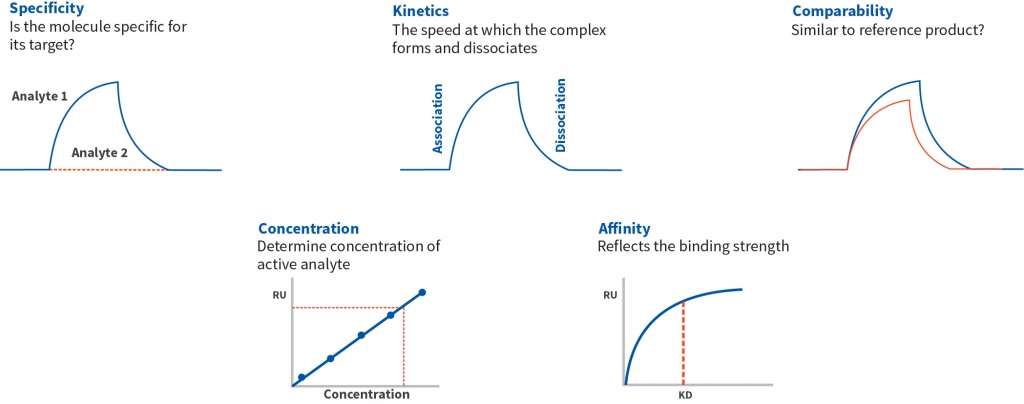
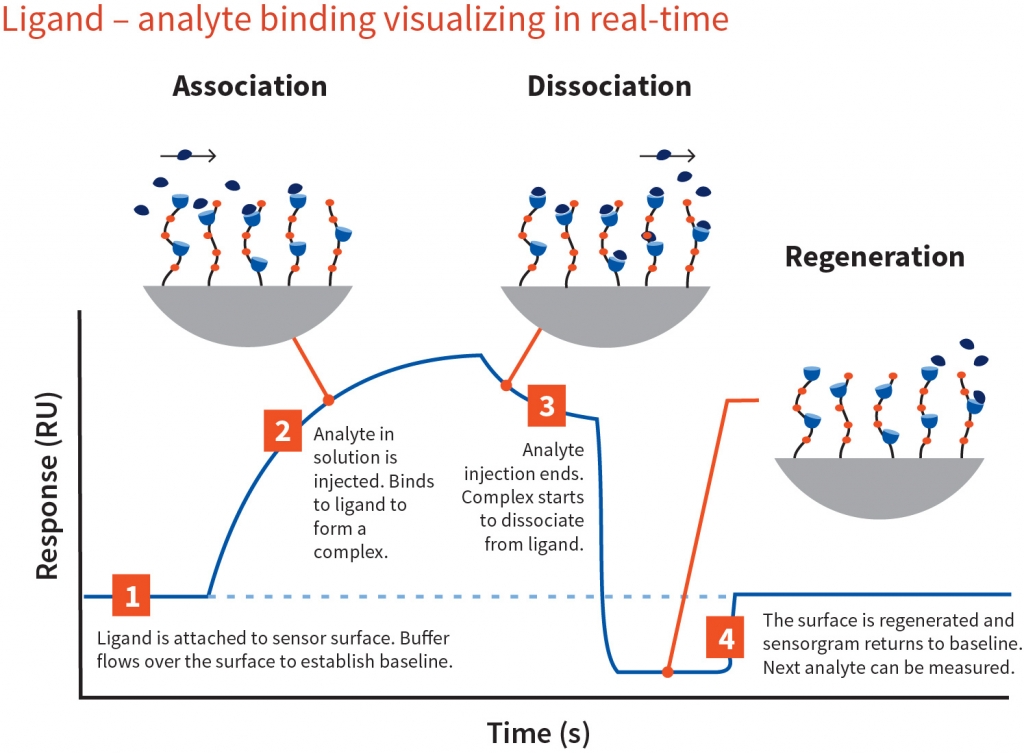
Surface plasmon resonance (SPR)-based sensors are used to study a wide range of molecular interactions in real-time and are applied as powerful tools in research and drug discovery throughout, quality control, and drug-release testing. Interactions involving of any kind of molecule from organic compounds to proteins, nucleic acids, glycoproteins, and even viruses and whole cells can be studied by the system. Since the response is a measure of the change in mass concentration, the response per molar unit of interactant is proportional to the molecular weight (smaller molecules give lower molar responses).

The systems monitor the interaction between two molecules, of which one is attached to the sensor surface and the other is free in solution. A sensorgram is a plot of response against time, showing the progress of the interaction. This sensorgramis displayed during the analysis. During sample injection, a positive response can be viewed in the sensorgram, when analyte (the interacting partner in solution) binds to the ligand (the interaction partner that is attached to the sensor surface). The response decreases during dissociation. After an analysis cycle is completed, regeneration solution is passed over the sensor chip, removing bound analyte, preparing the chip surface for the next analysis cycle. The schematic illustration in the left shows a typical sensorgram. The bars below the curve indicate the solutions that pass over the sensor surface.
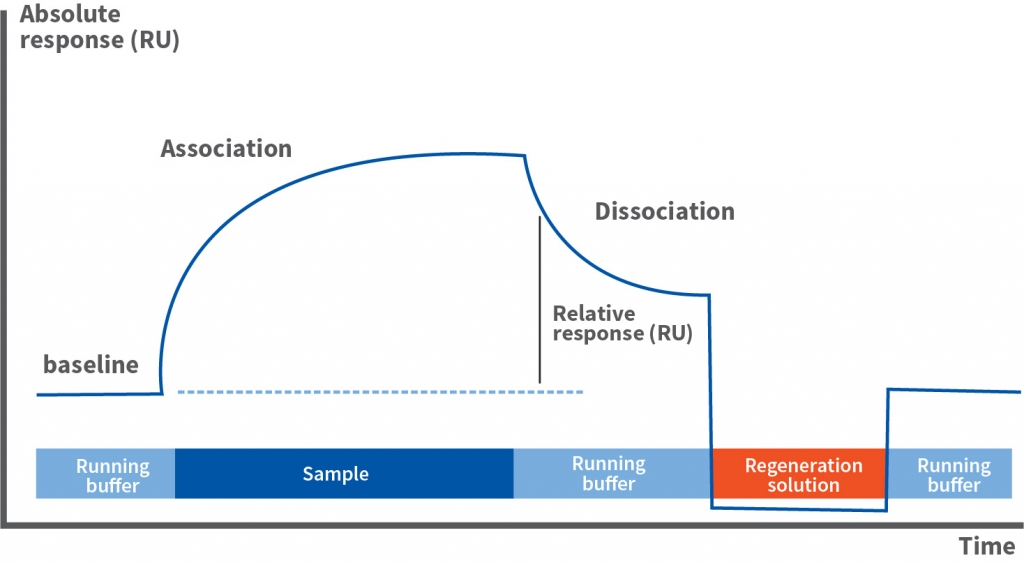
Binding – Does the interacting partner bind to the target molecule?
Specificity – To what extent does an interacting partner cross-react with other molecules?
Concentration – How much of a given molecule is present and active?
Stoichiometry – In what ratio does the ligand and the analyte bind to each other?
Kinetics – What are the rates of association and dissociation?
Affinity – How strong is the binding?
The range of kinetic and affinity constants that can be determined with this system covers much of the range found in biomolecular interactions. However, careful assay development, sensor surface preparation and sample preparation are necessary for achieving the highest sensitivity and reproducibility.
